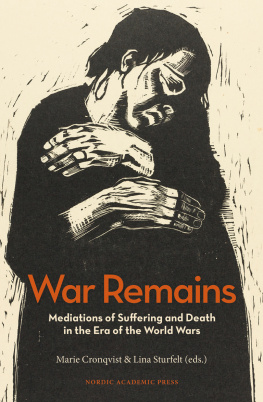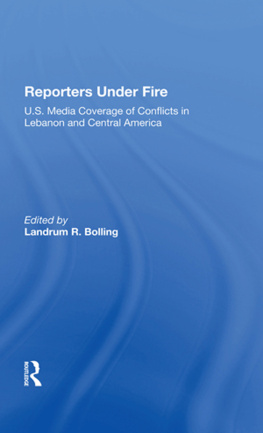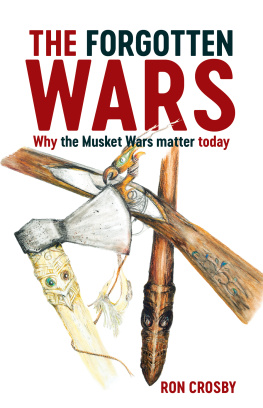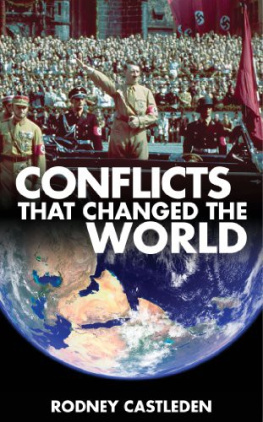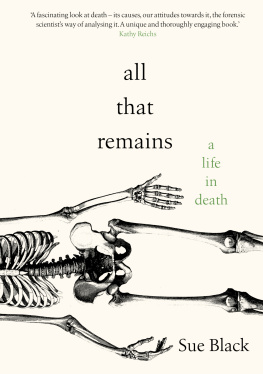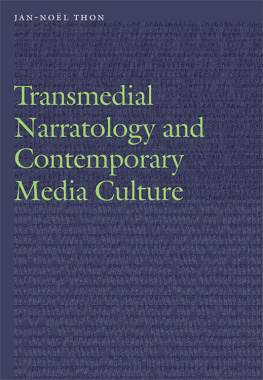War Remains
Mediations of Suffering and Death
in the Era of the World Wars
Edited by
Marie Cronqvist
&
Lina Sturfelt

NORDIC ACADEMIC PRESS
Nordic Academic Press
P.O. Box 148
SE-221 00 Lund
Sweden
www.nordicacademicpress.com
For enquiries concerning printing/copying this work for commercial or extended use please contact the publisher.
Nordic Academic Press and the Authors 2018

This volume is an edition from Nordic Academic Press Checkpoint a series dedicated to peer-reviewed books. It is also published within the framework of Kriterium, a quality hallmark for Swedish academic books. All Kriterium publications undergo peer review according to set guidelines, and are available as open access publications at www.kriterium.se
Cover design: Carmen Robertson Salas/Fugazi form
Cover photo: Kollwitz, Kthe (18671945): The Widow I (Die Witwe I), plate 4 Digitale (1) from War (Krieg) 192122 (published 1923). New York, Museum of Modern Art (MoMA). Woodcut from a portfolio of seven woodcuts and one woodcut cover, composition (irreg.): 14 5/8 x 9 5/16 (37.2 x 23.6 cm); sheet (irreg.): 26 x 18 3/4 (66 x 47.7 cm). Gift of the Arnhold Family in memory of Sigrid Edwards. Acc. n.: 470.1992.4 2018. Digital image, The Museum of Modern Art, New York/Scala, Florence.
Tryckt utgva ISBN 978-91-87675-81-8
E-bok ISBN 978-91-88661-00-5
ISSN 2002-2131 Kriterium (Online)
DOI 10.21525/Kriterium.9
Acknowledgements
This book grew out of an interdisciplinary research network based at Lund University. For financial support we are most grateful to Erik Philip-Srensens stiftelse for providing us the means to explore our topic through a series of workshops. The printing of the book was made possible by generous grants from Kungliga Patriotiska Sllskapet, Stiftelsen Konung Gustaf VI Adolfs fond fr svensk kultur, Stiftelsen Lars Hiertas Minne, Stiftelsen Olle Engkvist Byggmstare and ke Wibergs Stiftelse. We are also grateful to our excellent publisher Annika Olsson and editor Carmen Robertson Salas at Nordic Academic Press and to copy editor Charlotte Merton. In addition, we would like to thank Lena Halldenius and Johan stling who have in different ways assisted us by supporting and commenting on parts of the manuscript. Our gratitude also goes to the board of Kriterium, our academic co-ordinator Stuart Burch and to the two anonymous reviewers for their valuable input, which greatly improved the quality of each chapter as well as the overall framework and argument. The Joint Faculties of Humanities and Theology at Lund University kindly covered the costs for the Kriterium review process through Stiftelsen Roy och Maj Franzns fond. Finally, the editors would like to thank all authors for their hard work, enthusiasm and patience when finalizing this book.
Marie Cronqvist & Lina Sturfelt
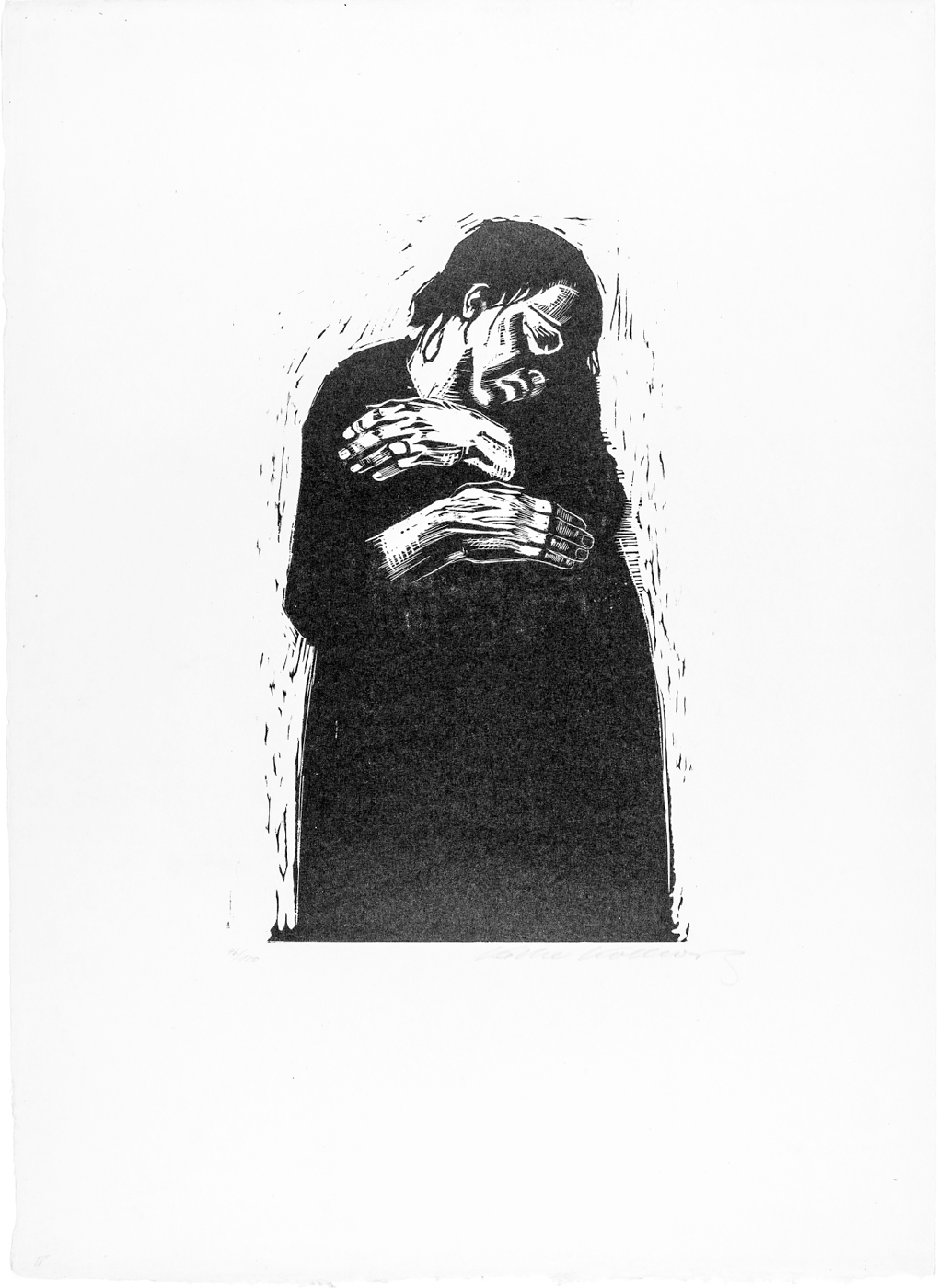
Kollwitz, Kthe (18671945): The Widow I ( Die Witwe I ), plate 4 Digitale (1) from War (Krieg) 192122 (published 1923). New York, Museum of Modern Art (MoMA). 2018. Digital image, The Museum of Modern Art, New York/Scala, Florence.
CHAPTER 1
Introduction
A media history of war remains
Marie Cronqvist & Lina Sturfelt
Once there was a shock
that left behind a long, shimmering comet tail.
It keeps us inside. It makes the TV pictures snowy.
It settles in cold drops on the telephone wires.
Tomas Transtrmer, After a death (1966)
What remains with us after somebodys death? In a poem from 1966, the Swedish poet and future Nobel laureate Tomas Transtrmer reflected on the long, shimmering comet tail that the shock leaves behind, and which keeps us inside. Death has a comet tail, a tendency to remain with us, sometimes for a very long time. Transtrmer also uses references to different mediathe television, the telephone wireto enforce the image of how communication is somehow broken or challenged. To communicate the meaning of death is not only a complex and challenging enterprise, it is also largely dependent on the materialities of media.
This book is about the mediations and sense-making narratives of war deaths and suffering. In the first half of the twentieth century, more than 120 million people died an untimely or violent deathon the battlefield, in concentration camps, through fierce air strikes, or as casualties of the many severe epidemics and hardships that followed on the heels of war. The experiences and narratives of war that flowed through the different media of the time were often focused on the emotional, the personal, the everyday, and the subjective. War, shock, and trauma also lived on in the stories, sometimes to a remarkable extent, once the years of conflict were replaced by peace and prosperity. The displaced remains of bodies and the reminiscences of personal or collective suffering lingered on as sad mementos in the culture of the everyday. They settled in cold drops on the telephone wires.
The experience of twentieth-century warfare not only flowed through different media of the time, however. Its legacy is still very much with us today, framing our understanding of war, conflict, and suffering. In this way, the findings in this book are not merely about past events, but also about the present and the future. Stories of death are always more about the living than the dead. Through mediated memories, we are immersed in the struggle to make sense of our troubled past, and the remaining narratives and images of death and suffering are transmitted and echoed in our understanding of contemporary conflicts.
In this volume, we present a collection of long-lived media representations and narratives. The fact that they were anchored in various media forms has determined our unwavering focus on a range of media, which all communicated the realities of war. Our thesis is that in the period roughly covering the 1910s to the 1970s, diverse forms of cultural productionnewspapers, film, television, and radio, but also commemorative rituals, fiction, music, comic books, and monumentsrepeated, reinforced, or renegotiated peoples beliefs about war experiences, turning the terror and trauma of war into stories that could be situated within the conventions of public display.
Mediations of war, suffering, and death are at the heart of the book, but we also go beyond the study of mere representation to ground our analysis in both genre and media form. The contributors represent a variety of scholarly fieldshistory, human rights studies, media history, film studies, cultural studies, comparative literature, publishing studies, and rhetoricand the primary sources analysed in the chapters range from anti-war fiction in the First World War, interwar and post-war reportage, radio war correspondence, and film documentaries in the aftermath of the Second World War, to Cold War comic books and mens magazines. By drawing on a diverse range of sources and empirical examples, we set out to compare different forms of media and expression over an extended period. With the varied cases represented here, we want to demonstrate that the horror of war is hard to conceive of but through its mediations.
This edited volume is inspired by different vibrant research fields, each of them rich in scope. Those we have singled out as particularly important are discussed in this introduction: the cultural history of war
Next page
